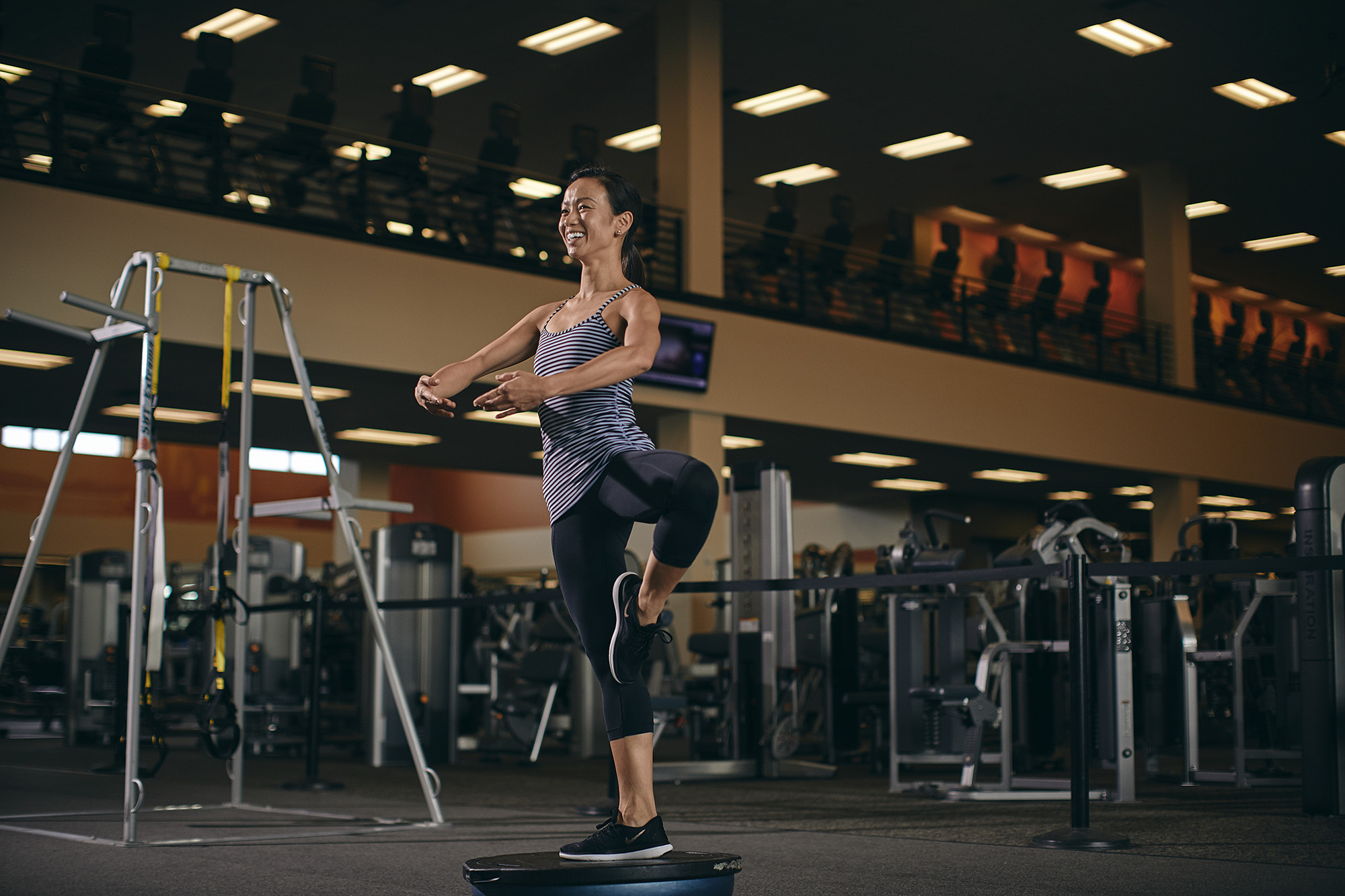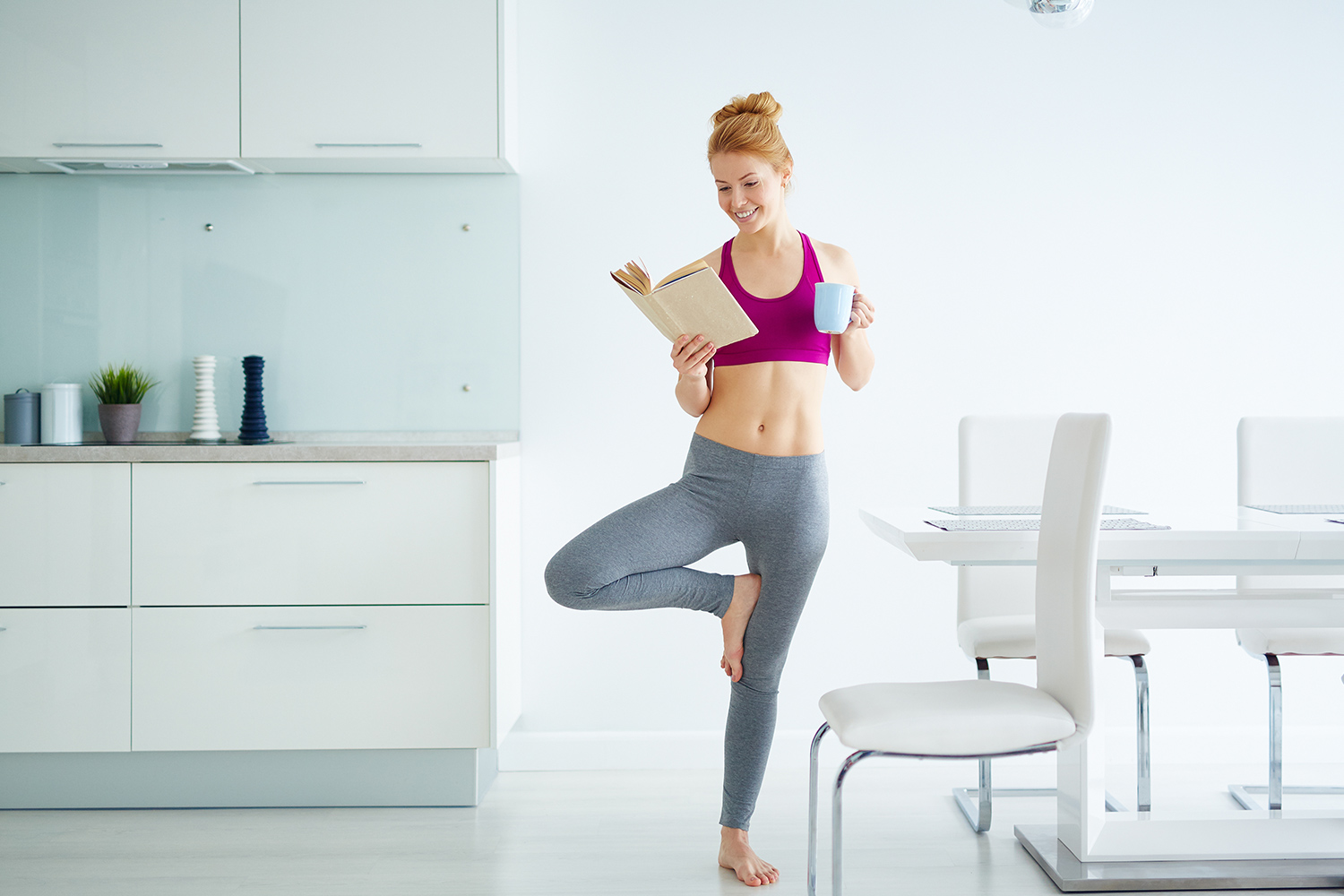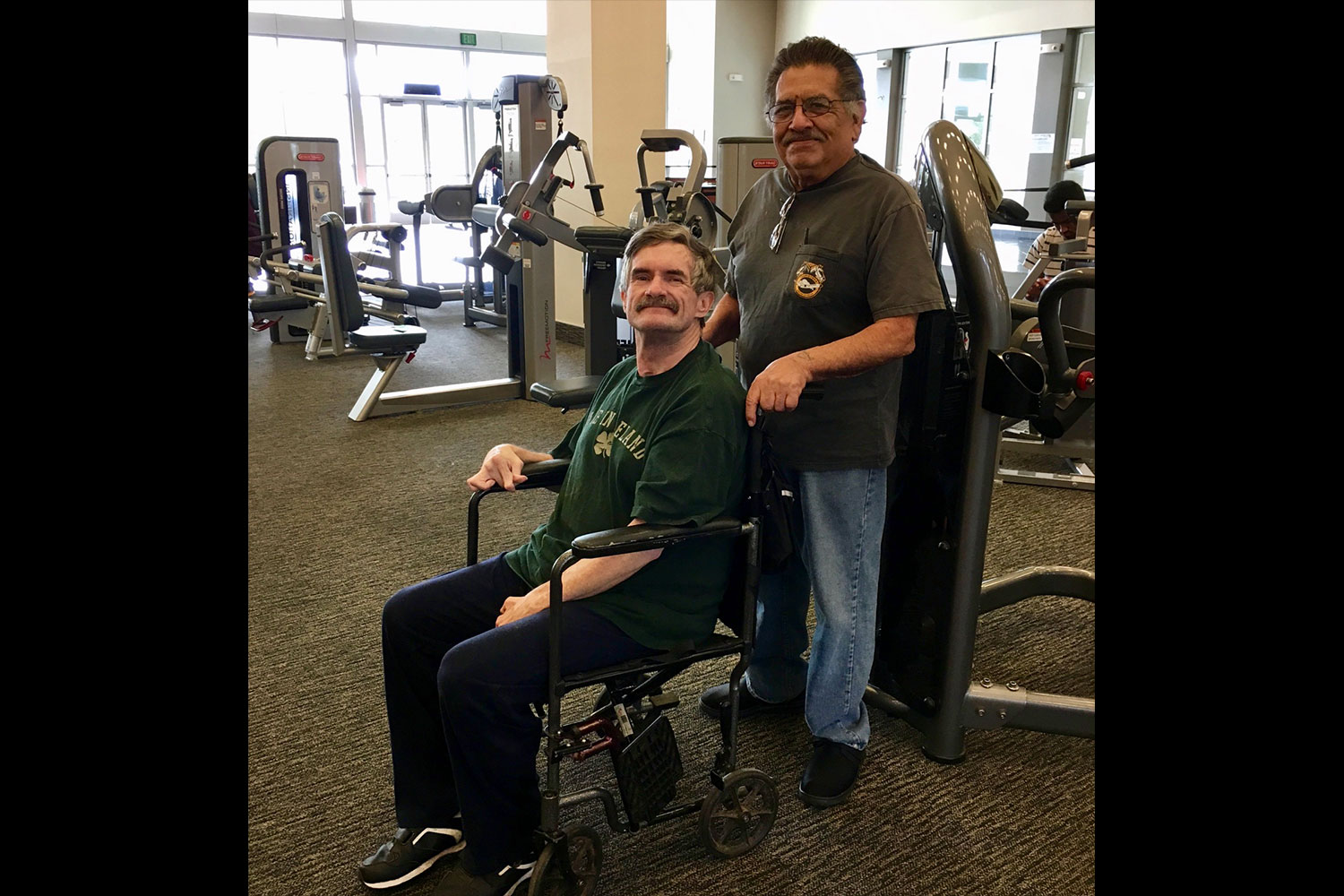Imagine being weightless; like a feather softly flowing in the breeze, twirling, spinning, dancing with the world around it. Imagine the peace, the concentration, the beauty of it all. This was Sharon K.’s life as a professional ballerina, until a lower back injury caused by a decade-long dance career, forced her to take time off from what her entire life revolved around. It was devastating, but it didn’t break her.

It all started back in 2005, when her first lower back injury occurred while training in college. Her lumbar spine eventually healed, but unfortunately, it now shifted towards the right. The scar tissue that had developed towards the right of Sharon’s spine restricted her muscular movement and eventually developed around the nerves. This caused shooting pain down her legs, and caused her to experience trouble walking, let alone, dancing – she was forced to take time off.
The scar tissue that had developed towards the right of Sharon’s spine restricted her muscular movement, and eventually, developed around the nerves.
In an effort to begin her recovery, Sharon enlisted the help of a doctor and dance physiotherapist. With a little help, heart, and determination, Sharon soon found herself back at her local City Sports Club in hopes it would help aid in her recovery. She noticed that she had lost flexibility and mobility in her lower back, and she had to relearn how to properly engage and re-train muscles to execute movements that required a full range of circular motion.
Understanding that dance requires an impeccable level of precision and consistency, with a balance of flexibility and strength, Sharon decided she would start training on the humblest area of the gym – the mat. She did her physical therapy exercises, slowly adding a bit of resistance with a resistance band and light weights. After a few weeks, she began training on a balance ball, but with the round side facing down. Balancing on the balance ball on one leg resembled the same struggle Sharon felt while en pointe.*
*En pointe – A ballet term, for being on the tips of the toes.
While Sharon described this as one of the scarier experiences of her training, it also “trains the mind to be calm, a similar mentality as being on stage.”
BACK TO DANCING
As Sharon’s strength and comfortability began to come back, she was able to incorporate more into her training routine, and her dance life is officially back! She enjoys using the TRX suspension trainer for upper-body and core strength, as it is low impact, yet still quite challenging. For cardio work, Sharon enjoys participating in group fitness classes offered at her home club, like Zumba® and Body Works.
When she’s not training on land, you can find her swimming laps in the pool. Having grown up as a competitive swimmer, the pool has become Sharon’s second home. She enjoys that it is low-impact, given dance rehearsals and performances can be very physically demanding. Some days, Sharon will have to perform two 2-hour shows in a day. Because of that, she always needs to be at her physical best.
“Today is the day, and the time is now. It is never too late to start something new.”


THE BALLERINA DIET
Sharon has had to make adjustments to her diet in order to maintain her lifestyle. While she was in recovery, she avoided spicy and sour foods, and instead ate foods high in collagen. She found that diet, along with bone broth soups, and adequate rest, helped her to recover. Because of her demanding schedule, she always packs her food for the day. Below is a sample of her typical on-the-go daily meals:
Morning –
“My mornings always start with a good breakfast consisting of toast or oatmeal and scrambled egg whites. Can’t live without the coffee!”
Snack –
“I will have a banana, string cheese, almonds, or Greek yogurt whenever I have a break between rehearsals.”
Lunch –
“For lunch, I stick to lean protein (fish and tofu) and whole grains.”
!! Tip: “Hydrating is a must as a dancer, and I stay away from sugary drinks and juices. As much as my career depends on how healthy I fuel my body, I do have a soft spot for gummy bears and chocolate!”

An Interview With: Sharon K.
Q: What are your current fitness goals?
SK: To stay injury-free by cross training in cardio and weight training. Depending on my dance season, my fitness goals will vary. For more classical works, I will work on leaning out while maintaining strength. For more contemporary works, I will work on bulking and strength training.
Q: As a dancer, what does your typical workout routine/diet look like?
SK: A typical day during the season will normally start with an hour to an hour and a half of company class in ballet or contemporary to warm the body up for the rest of the day. It is then followed by 3-5 hours of rehearsals, where we work on pieces that will be performed in the upcoming season. I am also a teacher and choreographer, so there are some evenings where I will teach or coach 3-4 hours of ballet.


Q: Do you travel for dancing? If so, how do you work out while travelling?
SK: Yes! There are times when I tour to dance and do photoshoots. Sometimes I will drop into a ballet company’s class, or take a Yoga class at a studio, but most of the time I will work out in my hotel or apartment for the trip. I always pack a resistance band and use it on arm and leg exercises. You can achieve so much by using your own body weight, such as planks, abdominal workouts, squats etc. I love walking and exploring the cities I visit, and it’s also a good way to fit a workout in! There’s a misconception that one must have a fully equipped gym to be healthy on the go. I find that it’s an opportunity to get creative!
Q: If you could give others one piece of advice, what would it be?
SK: It’s not about how much you can bench, or how many laps you can swim. It’s about keeping your body healthy and making each day count with that healthy body.
Responses have been edited for clarity/length.
This article should not replace any exercise program or restrictions, any dietary supplements or restrictions, or any other medical recommendations from your primary care physician. Before starting any exercise program or diet, make sure it is approved by your doctor.
Member Spotlight Stories
Strategies to Turn Your Goals into Your Lifestyle
Making permanent changes to your health involves making them a natural part of your lifestyle. We’re sharing some tricks to building those good habits.
Instructor Spotlight | Don’t Be Your Own Biggest Obstacle
Meet City Sports Club Group Fitness Instructor, Winnie L. who shares what got her excited about Zumba® and Pilates and how she’s helping get others excited too.
Member Spotlight | From Despair to Hope in Two Short Months
Meet Kevin K., CSC member and fitness hero, who has overcome an enourmous amount of obstacles thanks to the help of his trainer, his caretaker, and his relentlous determination.









